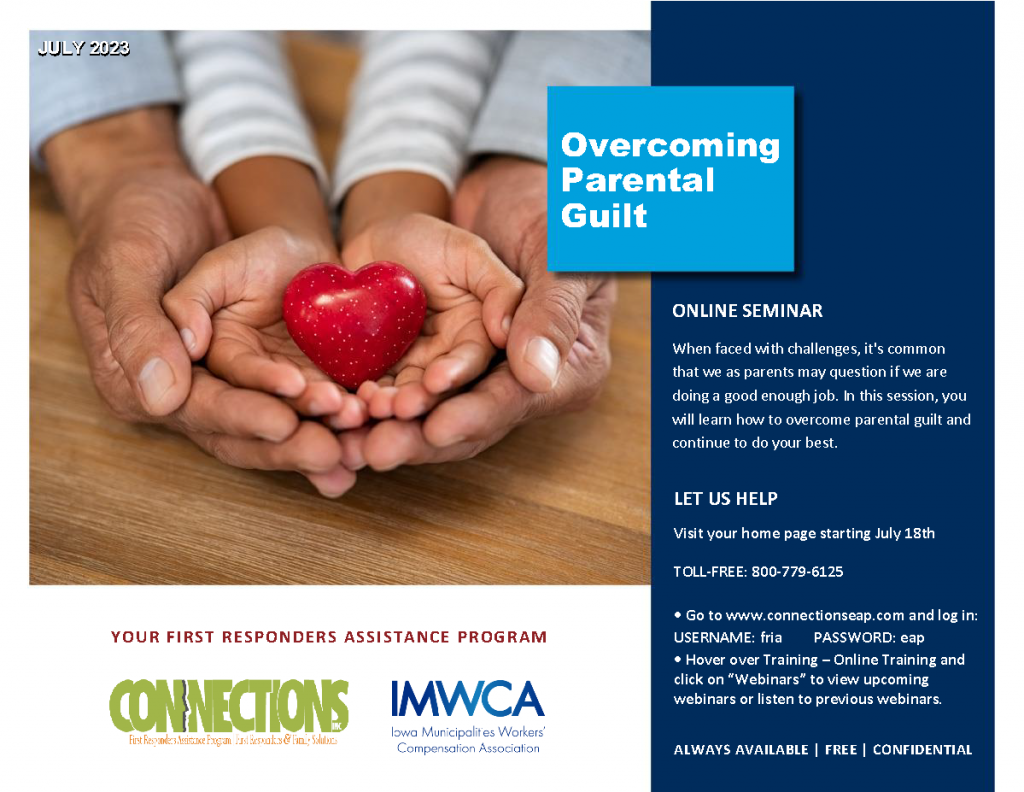5 Tips for Safe Driving

Most of us drive daily whether it is for work or pleasure. No matter how often you drive, it is a good idea to review safe driving tips from time to time to make sure you are keeping yourself, passengers, other drivers, and pedestrians as safe as possible.
- Conduct routine maintenance on your vehicle. This could prevent costly repairs in the future or unexpected breakdowns.
- Always buckle your seatbelts before you move the vehicle. Make sure everyone in the vehicle is buckled to prevent more serious injuries.
- Avoid distracted driving by your phone or others in the vehicle. If you need to use the phone either pull over or use hands-free. Also, avoid eating while driving.
- Obey all traffic signs and signals. Control your speed and follow the guidance of all traffic signs to help prevent an accident. While controlling your speed allow a full 4-second gap between you and the vehicle you are following on good roads.
- Drive defensively. It is best to remain calm and look out for animals, walkers, cyclists, and other motorists to allow reaction time to avoid a collision.
When you are operating a motorized vehicle, you have the responsibility to do your part to practice safe driving to help prevent accidents. It is important that everyone reach their destination safely.

Personal Protection Equipment –
Are you ready for the job?
Performing a task safely begins
before the work itself starts.
Identify job hazards associated with that task and develop a mitigation plan
The first step in working safely is identifying what the job is and what hazards are associated with that task. Once the hazards are clearly known, the next step is to develop a mitigation plan. Part of that plan should include what personal protective equipment (PPE) will be needed to protect employees from hazards that can not be otherwise controlled by other means such as engineering or administrative controls.
To help employers select and properly use the correct PPE, employers should be familiar with the OSHA standard for personal Protective Equipment found under 1910.132. The standard covers the different types of PPE, proper selection, responsibility for the care of PPE and training. IMWCA has a model PPE policy that members should also adopt that can help you as an employer in managing your PPE selection and use.
Determine if employees are physically capable of safely using the PPE
Now that you have identified what PPE is needed and selected the PPE for the task, the next important step is to determine if your employees are physically capable of safely using the PPE. Certain PPE, such as respirators, require employees to have an annual physical clearance before they can use the PPE.
Ensure employees actually use the selected PPE while performing the task
The next step is to ensure employees actually use the selected PPE while performing the task. While the employee is responsible for wearing the PPE, it is ultimately management that is accountable when an employee fails to follow the PPE policy. Training and maintaining good oversight of affected employees will make the PPE policy effective. One reoccurring problem we see with PPE related injuries is that when the employees are preparing for a task, they pack all the tools and equipment to do the job but forget some PPE. Rather than go back for the PPE, the employee proceeds with the work unprotected.
Properly maintain the PPE
Finally, good maintenance of the PPE is necessary for it to do its job. Worn-out or damaged PPE can not provide protection to the employee at its fullest potential. Have a budget to regularly replace old PPE or upgrade when possible. Safety vests, hard hats and safety toed boots, for example, all have a finite life span. All PPE should be inspected before each use, cleaned regularly according to the manufacturer’s recommendations, and stored properly to extend its usefulness.
Audit Reminder
Payroll audits for the 2022-2023 policy are currently being performed through the end of August by IMWCA’s contracted firm, Information Providers, Inc. (IPI). Each member should have received an email from IMWCA detailing the information needed to complete the payroll audit. In addition, an appointment letter from (IPI) that includes a link to upload your payroll information in a secure fashion was mailed. Providing all of the necessary documents to IPI in a timely manner will help ensure accurate and timely completion of your payroll audit.
Benefits of a Return to Work Plan

A well-thought-out, correctly run return to work program can not only save our members money, but it can also improve workplace culture and employee engagement.
Iowa Municipalities is a workers’ compensation pool, which means that every member of the pool needs to do their part to control costs. One of the number one ways to control a workers’ compensation claim cost is to have a return to work policy and procedure that is active and utilized correctly.
A well-thought-out, correctly ran return to work program can not only save our members money, but it can also improve workplace culture and employee engagement. In contrast, if your program lacks thought and policy/procedure, it could cost your organization not only financially (potential lawsuits), but also as related to employee engagement.
When a medical provider deems that the claimant can return to work in a modified or light-duty capacity, it is time for the employer to initially look at the claimant’s job to see if the duties can be temporarily modified to the restrictions that the claimant has.
Modified work can mean a variety of things:
- Change in work schedule
- Number of hours worked
- Change or restriction in job duties
- Change in physical demands, for example having to lift less weight or spending less time standing, walking, or kneeling, etc.
Any modification of the claimants’ job should never be a permanent action as this could lead to the restrictions being permanent and not temporary.
Many times, IMWCA Claims, Safety and Risk and the Human Resources and Management Adviser hear managers say they do not want to return anyone to work until the employee is at 100%. This statement is very dangerous and should be avoided at all costs. If you are a manager that has said this in the past or feels the same way, take a look at your current staff. One could assume that over half if not more of your staff are not currently at 100%, as employees age and their bodies change, the ability to do physical demands also changes.
The fact remains that there are many opportunities to utilize your employee in a modified or light-duty capacity, both in a modification of their current job or in a different position within the organization. Some examples include training, inventory, reviewing policies and procedures, quality assurance, equipment checks, record reviews, and cleaning among other things. It is important that the organization’s departments work together to get claimants back to work as soon as possible to control the cost of the indemnity claim, the insured’s premium, and the overall pool’s financial well-being.





